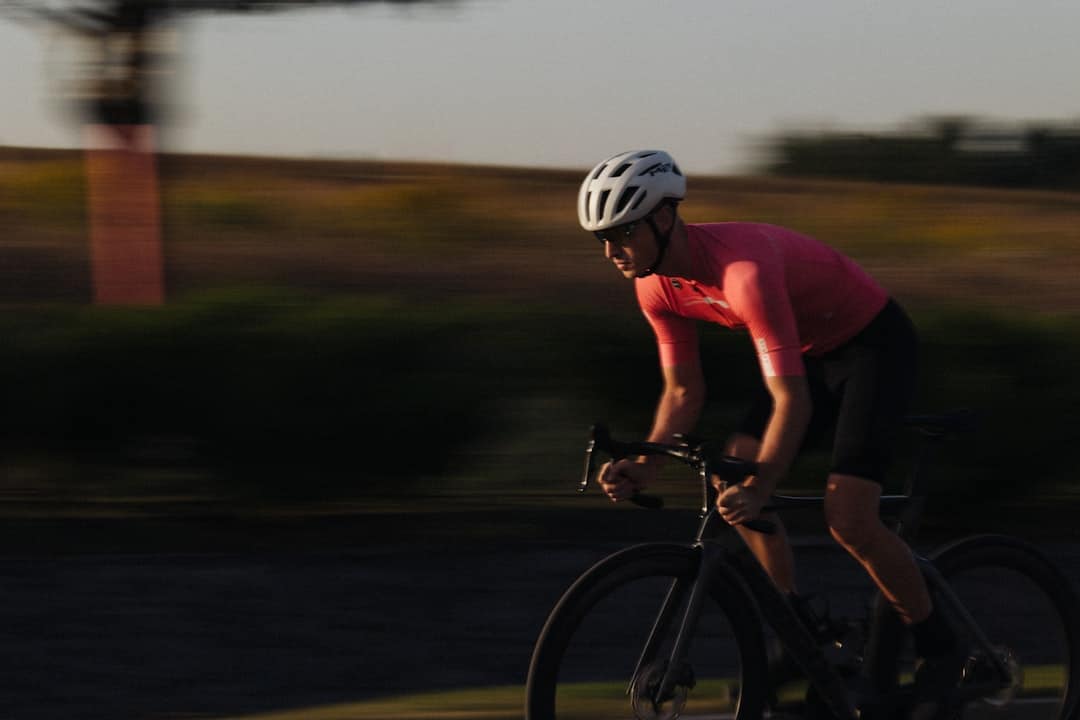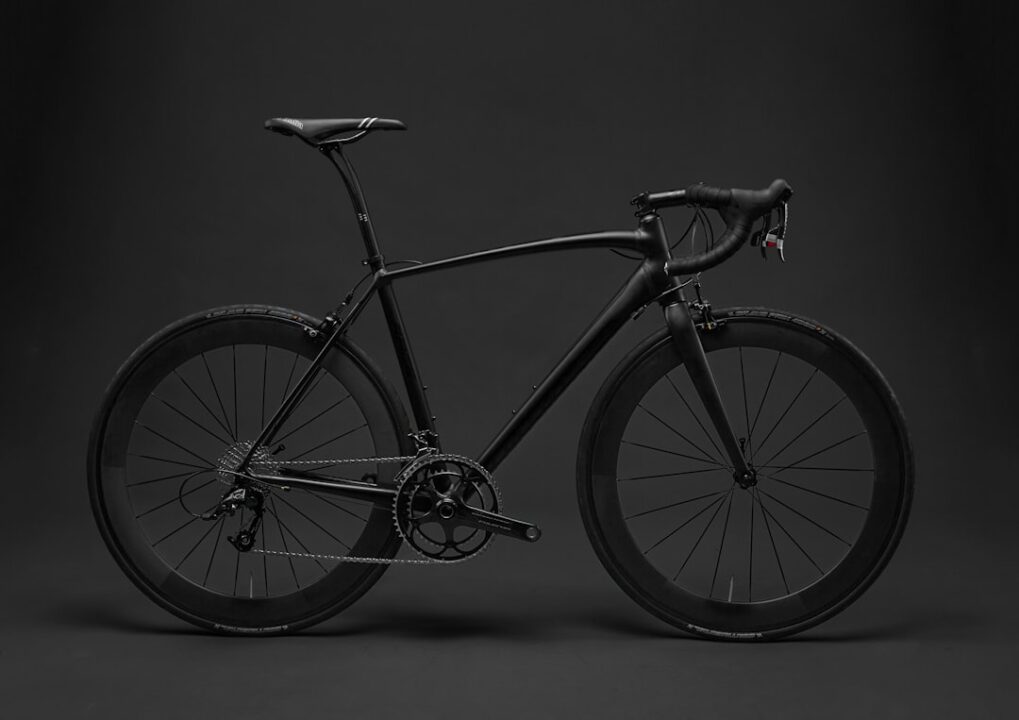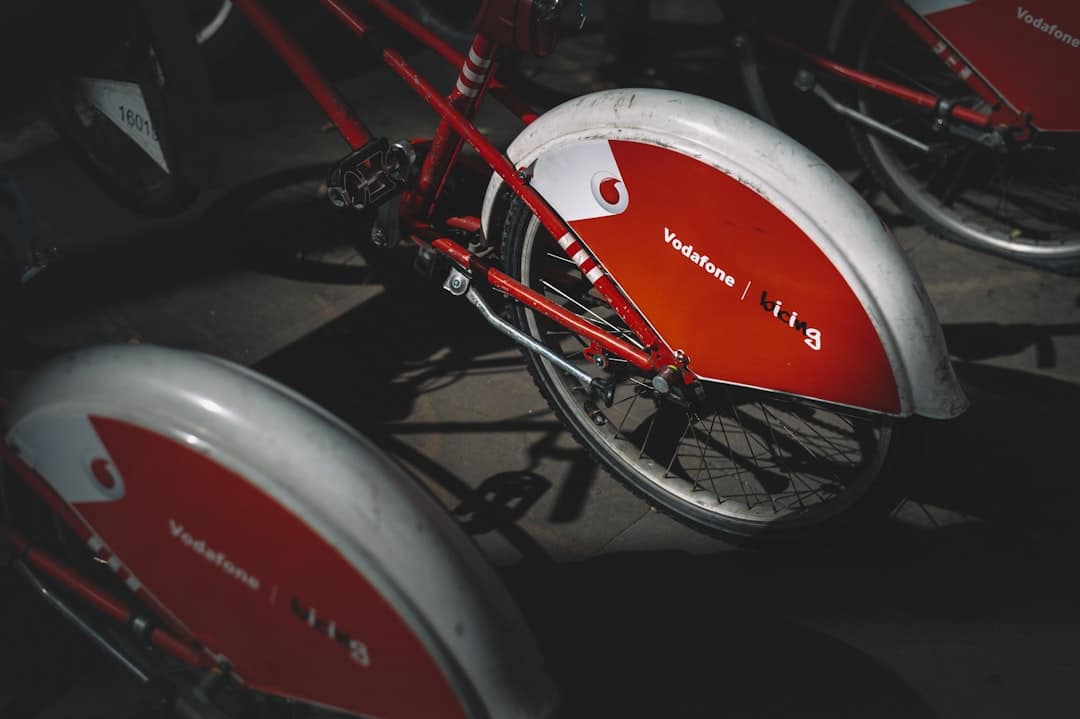|
IN BRIEF
|
In a world where well-being and fitness take a prominent place, acquiring a used exercise bike can be a wise option to combine savings and efficiency. However, it is essential to know how to obtain a quality model without being seduced by the traps of the second-hand market. Whether you are an experienced cyclist or a novice wishing to get started, several determining criteria must be taken into account to make an informed choice. Follow our advice to find the perfect bike that will meet your needs while preserving your budget.
The acquisition of a used exercise bike can turn out to be an excellent deal, both for your budget and for your health! However, in order to guarantee a wise purchase, there are several criteria to take into account. This article will guide you through the different essential steps to choose a used exercise bike that will meet your needs while ensuring your safety and comfort.
Check bike history
First of all, it is essential to make sure that the exercise bike you are considering buying is not a stolen bike. To do this, ask for information about its historical. This includes the number of previous owners and the reason for the sale. A legitimate seller will be able to justify the sale in a transparent manner.
Examine the general condition of the bike
L’general appearance of the bike is an important indicator of its condition. Carefully inspect each part: such as the frame, steering, and wheels. A well-maintained bike will show fewer signs of wear. Avoid models with scratches, rust or visible defects that can affect the bike’s performance.
Inspect the frame and structure
THE frame of a bicycle is its centerpiece. Make sure it is free from structural defects. Look for cracks, dents or deformations that could compromise the strength of the equipment. A damaged frame may cause an accident during use.
Test the brake system
THE braking system is a crucial element for safety. Test it to see how effective it is. The brakes should be responsive and show no signs of weakness. Different models of exercise bikes exist, with jaw or disc brakes, choose the one that seems best suited to your expectations.
Consider the flywheel
Remember to check the weight of the flywheel. For an effective workout, it is advisable to opt for a bike with a flywheel of at least 8 kg. A substantial weight allows you to obtain more realistic resistance and guarantee fluidity and comfort during exercise.
Don’t neglect comfort
THE comfort is essential during your training sessions. The saddle must be adjustable and comfortable, to avoid any pain during use. Take the time to test the bike by sitting on it and making sure the position is comfortable.
Check resistance options
The choice between the different levels of resistance is also a criterion to consider. Exercise bikes can offer mechanical resistance, which can be adjusted via a dial, or magnetic. Choose a model whose resistance system suits you best to progress effectively.
Additional accessories and features
Finally, find out about the accessories and additional features of the bike, such as training programs or a screen showing statistics. These things can improve your experience and allow you to track your progress.
To help you in your quest, do not hesitate to consult online resources such as this site which offers relevant advice on buying used bikes, or explore the choice of reconditioned models like on Care Fitness.
Practical advice for buying a used exercise bike
| Criteria to check | Description |
| Origin verification | Make sure the bike is not stolen by asking for proof. |
| General condition | Inspect exterior appearance for signs of wear or accident. |
| Frame | The frame must be intact and without visible structural defects. |
| Brakes | Test the brake system to ensure proper operation. |
| Flywheel | Choose a bike with a flywheel of at least 8 kg for a better workout. |
| Saddle comfort | The saddle must be adjustable and comfortable to prevent pain. |
| Posture | Ensure proper fit to avoid posture issues during use. |
| Resistance | Check the type of resistance (mechanical or electronic) for various workouts. |
| Additional accessories | Consider features like counters or workout programs available. |
- Check for damage: Inspect the frame and structure for any deformation.
- Check the braking system: Make sure it is working properly for your safety.
- Examine the flywheel: Prefer a weight of at least 8 kg for effective workouts.
- Test the comfort of the saddle: Check that it is adjustable and comfortable for your sessions.
- Analyze the resistance system: Choose between a mechanical or electronic model according to your tastes.
- Check accessories and features: Make sure they meet your expectations (screen, programs, etc.).
- Find out about the history: Ask for information about previous users to avoid unpleasant surprises.
- Compare prices: Evaluate several offers to get the best value for money.



